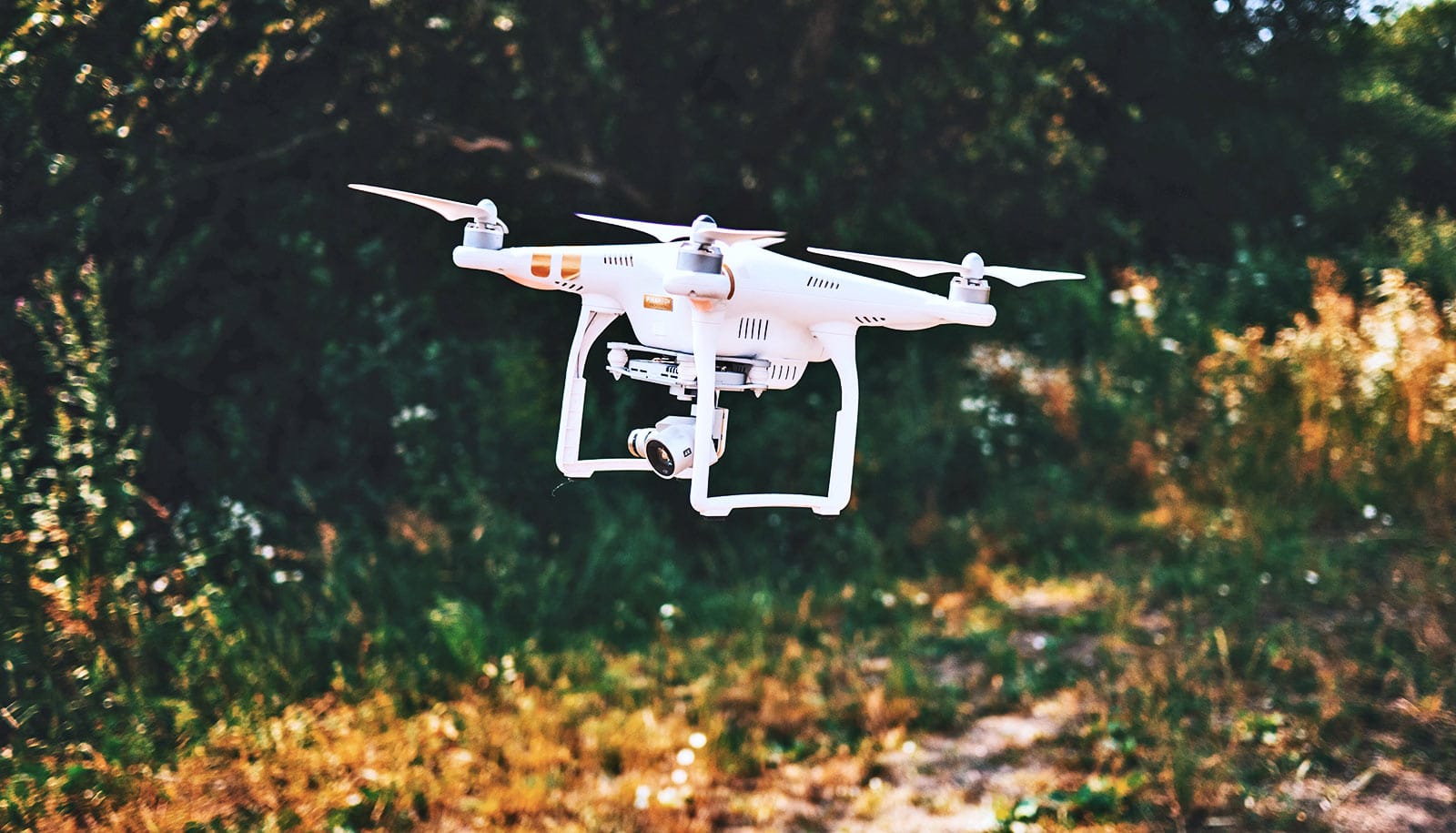Researchers have developed mathematical models aimed at understanding the costs and logistics of developing drone operation centers and determining the appropriate type and number of drones along with their optimal delivery routes.
New technology in the form of drones has the potential to ease some of the burdens on rural patients and caregivers, but little is known about how drone-aided health care delivery might work. To address this, Murray Côté, associate professor in the health policy and management department at the School of Public Health at Texas A&M University, and his colleagues investigated the use of drones in rural health care delivery.
Chronic diseases like arthritis, diabetes, and heart disease are a persistent concern, with more than 100 million Americans having one or more chronic condition. In addition to the health issues that accompany such conditions, people with chronic diseases spend an average of nearly 2.5 times more on health care per year than people without them.
Further, transportation and time away from work add additional burdens, especially for patients in rural areas who must travel farther or have few local care options.
Simply accessing adequate care is often a challenge for rural Americans, as rural areas have fewer specialist providers, hospitals, and other facilities. Rural patients also must travel longer distances for care, which can be a particularly large obstacle for older adults who may no longer drive or have access to alternate transportation options.
Previous attempts to address these challenges have included teleconferencing between patients and physicians and home health care delivery. However, telemedicine is limited as it cannot substitute for hands-on care or allow for transport of medical test kits and medication, and home health care services frequently have trouble managing caseloads.
“Drones could help overcome some of these issues by allowing the transportation of medicines and test kits,” Côté says. “By handling these important tasks that do not require face-to-face interaction, drone use would allow home health care workers to concentrate more on those patients in need of hands-on care.”
To gain a better understanding of how drone-aided health care would work, the researchers developed two models: one to find the optimal number of drone center locations and another to determine how to perform drone pickup and delivery in the most efficient and cost-effective way possible.
The first model aimed at figuring out the minimum number of drone centers that would be needed, with each patient in a given area covered by at least one center. This model uses the number and locations of patients, maximum drone flight distance, and the initial costs to open a drone center. The goal was to determine drone center locations with proper patient coverage at the lowest possible initial cost.
Sensor-carrying drones ‘talk’ to each other
The goal of the second model was to decide how many drones a center would need and the best routes for drones to take when delivering medicines or picking up test kits. The model considered the amount of materials to be delivered and picked up for each patient, drone operating cost, and the number of patients served to minimize the operating cost of each center.
After creating the models, Côté and colleagues tested them using a numerical simulation based on real-world data in Robertson and Milam counties in Texas and then performed a detailed cost-benefit analysis. Costs in the analysis considered the costs that providers face when caring for rural chronic disease patients. Benefits included cost and time-savings for patients and improved care delivery for providers. Numerical testing showed that the models could determine optimal drone center locations, number of drones, and delivery routes.
“These models serve as a first step in developing methods for creating and operating drone centers to serve rural chronic disease patients,” Côté says. “Future research is needed to expand on this work, with models including effects of different package weights on drone battery consumption and flight time and ways to prioritize certain patients for delivery and pickup.”
Next-gen drones will enable cheap, credible threats
As the concept of drone-aided health care continues to develop, people in rural areas with chronic diseases may be able to look forward to saving time and money, and rural home health care workers can focus more on those patients most in need.
The study appears in the Journal of Intelligent and Robotic Systems.
Researchers from the University of Houston and Lamar University contributed to the work.
Source: Texas A&M University



